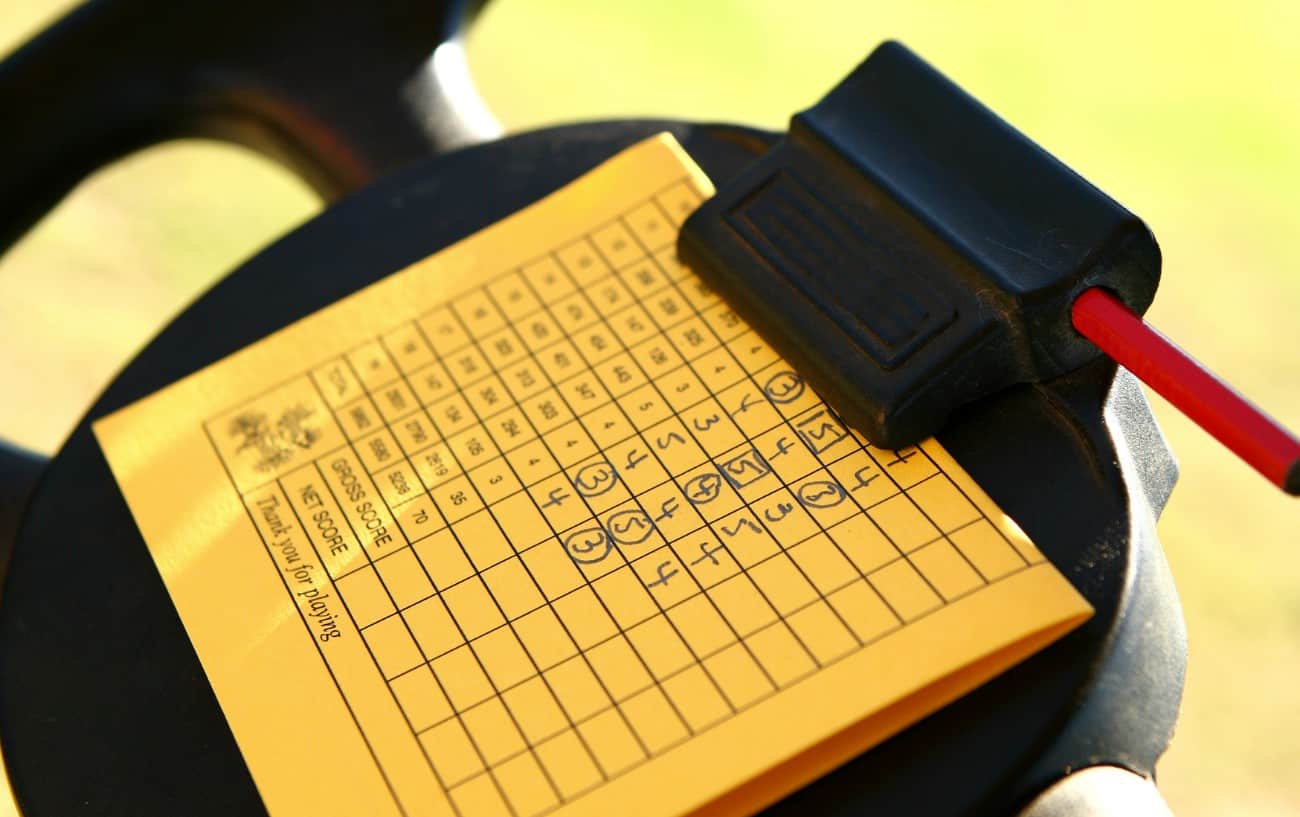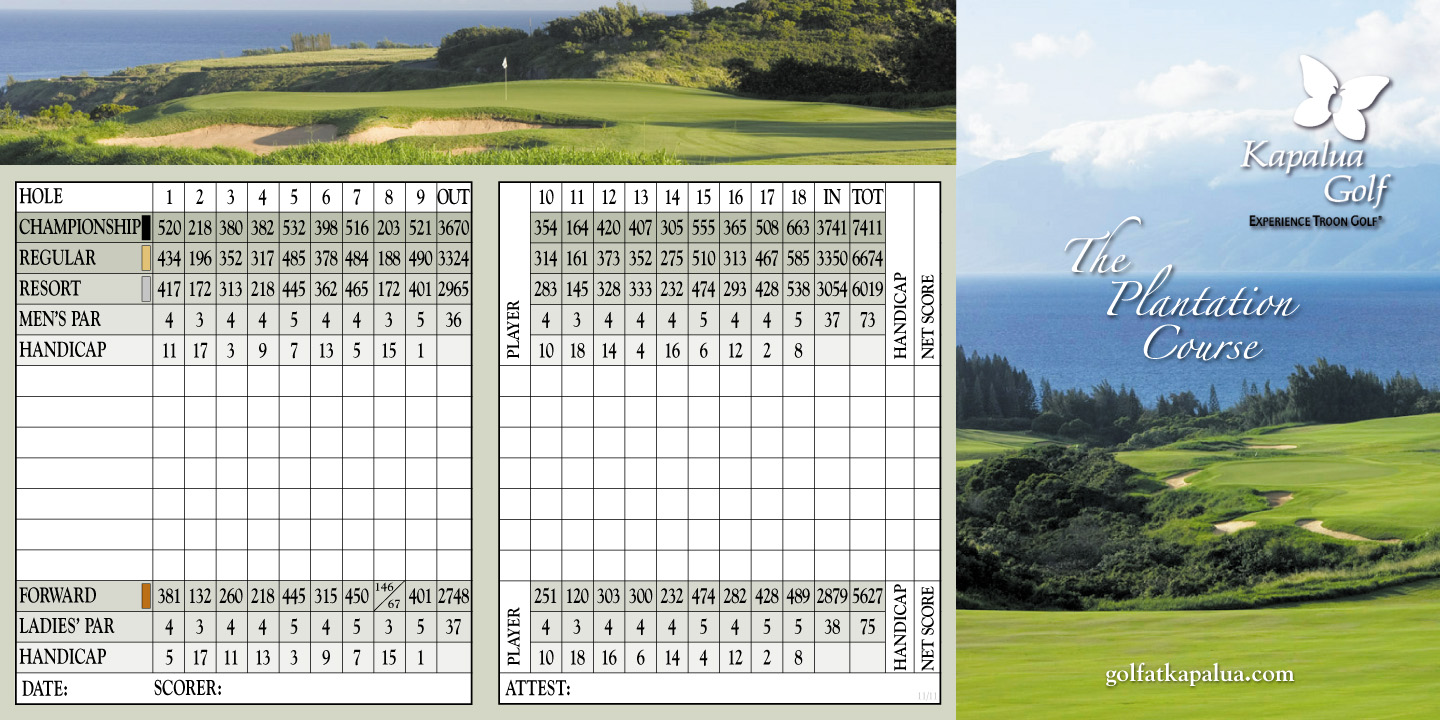How To Read A Golf Scorecard

When it comes to playing golf, a scorecard is not just a piece of paper; it’s a treasure trove of valuable information. Learning how to read a golf scorecard is a crucial skill for every golfer, whether you’re a seasoned pro or a beginner stepping onto the course for the first time. It provides a roadmap of the course, a record of your performance, and a window into the intricacies of the game. In this comprehensive guide, we will unravel the mysteries of the golf scorecard, empowering you to navigate its components with confidence and extract meaningful insights.
A golf scorecard is more than just numbers and names. It holds the secrets to understanding the layout of each hole, tracking your scores, and evaluating your performance. From the course information and hole details to the scoring sections and leaderboard standings, every element plays a vital role in your golfing journey. By deciphering the symbols, abbreviations, and notations on the scorecard, you can gain a deeper understanding of your game, set goals, and make informed decisions on the course.
So, whether you’re aiming for birdies or striving to lower your handicap, let’s embark on a captivating journey through the intricate world of golf scorecards. Get ready to unlock the power of this small but mighty document and take your golfing experience to new heights.

What is a Golf Scorecard and Why is it Important?
A golf scorecard is a printed document that records the details of a golf course and provides a platform for players to track their scores throughout the round. It is an integral part of the game, allowing golfers to monitor their performance, compare scores, and evaluate their skill progression over time. Golf scorecards provide vital information such as hole numbers, par values, yardages, stroke indexes, and scoring sections for each player. Understanding how to read a golf scorecard is crucial for effectively managing the game, making strategic decisions, and keeping accurate records of scores.
Key Components of a Golf Scorecard
A golf scorecard consists of several key components that provide important information about the course and players. Let’s explore these components in detail:
Course Information
The course information section provides an overview of the golf course being played. It typically includes the following attributes:
- Course Name: The name of the golf course.
- Course Number: The numerical identifier of the golf course, especially useful in multi-course facilities.
- Course Rating: The difficulty rating assigned to the course, indicating the expected score for a scratch golfer.
- Slope Rating: A measure of the relative difficulty of the course for non-scratch golfers based on the Course Rating.
Understanding the course information helps golfers assess the level of challenge the course presents and adjust their strategies accordingly.
Hole Details
The hole details section provides specific information about each hole on the golf course. It typically includes the following attributes for each hole:
- Hole Number: The numerical identifier for each hole on the course.
- Par Value: The number of strokes a skilled golfer is expected to complete the hole in.
- Yardage: The distance from the tee box to the green, indicating the length of the hole.
- Stroke Index: A number assigned to each hole to indicate its relative difficulty on the course.
Understanding the hole details helps golfers plan their shots, select appropriate clubs, and strategize their approach for each hole.
Scoring Sections
The scoring sections of a golf scorecard are where individual players record their scores for each hole. It typically includes the following attributes:
- Player Names or Initials: The names or initials of the players participating in the round.
- Score Entry Columns: Columns to record the score achieved by each player on each hole.
By accurately recording scores, golfers can keep track of their progress, identify areas for improvement, and compare scores with other players.
Understanding the Scoring Notations
In addition to the basic components, golf scorecards often include additional scoring notations that provide further insights into the round. These notations help golfers track exceptional scores, penalties, birdies, pars, and more. Let’s explore some common scoring notations:
- Birdie: A score of one stroke under par on a hole.
- Par: A score that matches the designated par value for a hole.
- Bogey: A score of one stroke over par on a hole.
- Double Bogey: A score of two strokes over par on a hole.
Scoring notations are usually represented by symbols or abbreviations on the scorecard. For example, a birdie may be denoted by a “+” symbol, while a bogey could be represented by a “-” symbol. These notations provide a quick and visual way to track performance and highlight notable achievements or challenges throughout the round.
In addition to these standard notations, golf scorecards may also include symbols or codes to indicate penalties incurred during the round. These penalties could be the result of hitting the ball out of bounds, incurring a penalty stroke for a lost ball, or receiving a penalty for various rule infractions. It’s essential to be familiar with these penalty notations to accurately record scores and assess the impact on overall performance.
Evaluating the Overall Score and Performance
At the end of the round, understanding the overall score and performance is crucial for assessing one’s game. Golf scorecards provide various ways to evaluate performance and determine how well a player fared on the course. Let’s explore some key aspects of evaluating the overall score:
- Total Score: The sum of all scores recorded throughout the round, indicating the overall performance for the entire course.
- Front Nine and Back Nine Scores: The total scores recorded for the first nine holes (front nine) and the second nine holes (back nine). This breakdown provides insights into performance on each half of the course.
- Differentials and Handicap Adjustments: Handicaps and differentials are used to adjust scores for players of varying skill levels, allowing for fair competition and comparisons across different players.
By understanding these aspects of evaluating performance, golfers can gain a comprehensive view of their game and identify areas that need improvement or adjustments.
Understanding Leaderboard Information
In addition to tracking individual performance, golf scorecards often include a leaderboard section that displays the gross and net scores of all players in the group or tournament. This information allows players to compare their scores with others and see their relative standings. Gross scores represent the total scores without any handicap adjustments, while net scores take handicaps into account.
Leaderboard information provides a sense of competition, camaraderie, and can add an extra level of excitement to the game. It allows players to see how they stack up against their peers and provides an opportunity to celebrate achievements or set new goals based on leaderboard standings.
Conclusion
Reading a golf scorecard is a fundamental skill for any golfer. By understanding the key components, scoring notations, and performance evaluation aspects, golfers can effectively track their scores, evaluate their game, and stay informed about their performance relative to others. A golf scorecard serves as a valuable tool for recording scores, strategizing, and monitoring progress over time. So, the next time you step onto the golf course, confidently read the scorecard and embark on a rewarding golfing experience.






